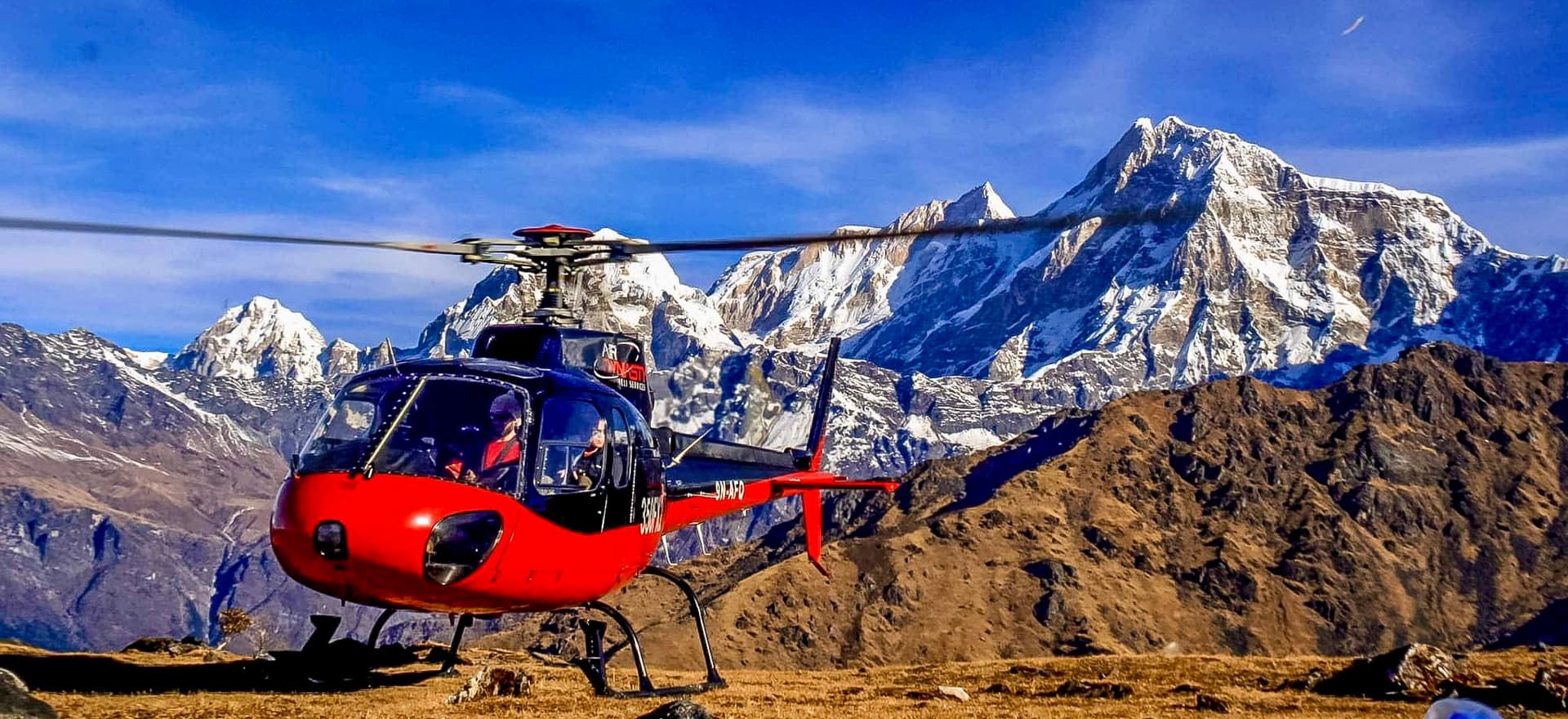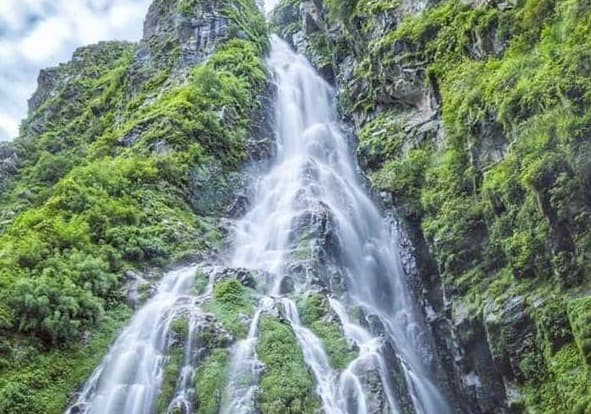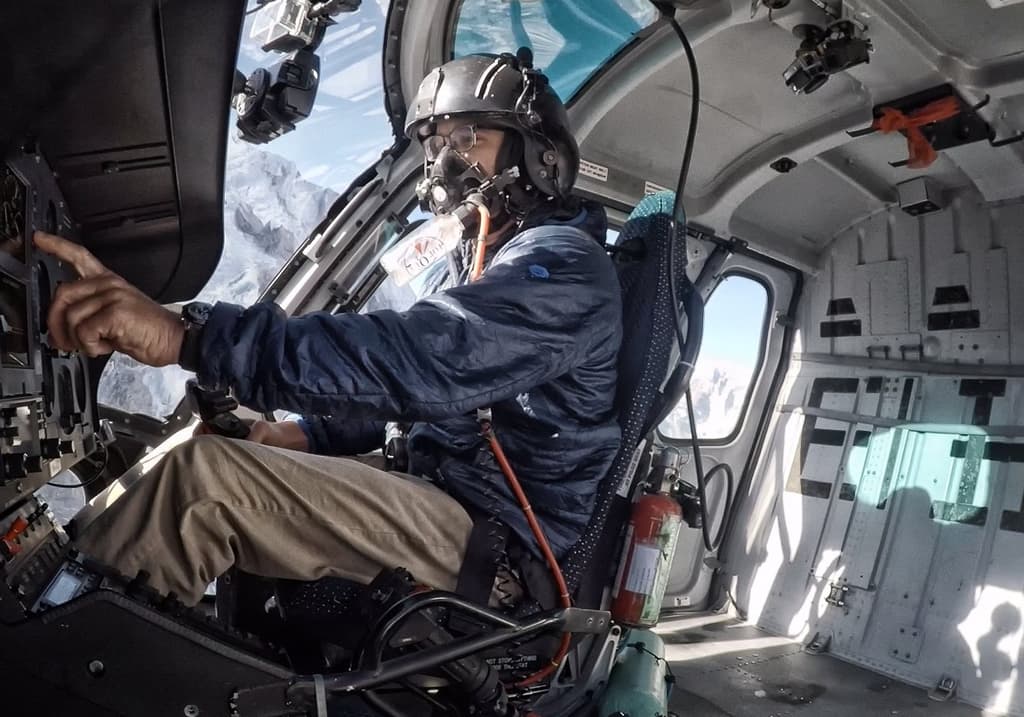High altitude sickness, also known as Acute Mountain Sickness (AMS), can be a concern during an Everest helicopter tour due to the rapid ascent to high elevations. AMS occurs when the body does not have enough time to adapt to the decreased air pressure and oxygen levels at high altitudes.
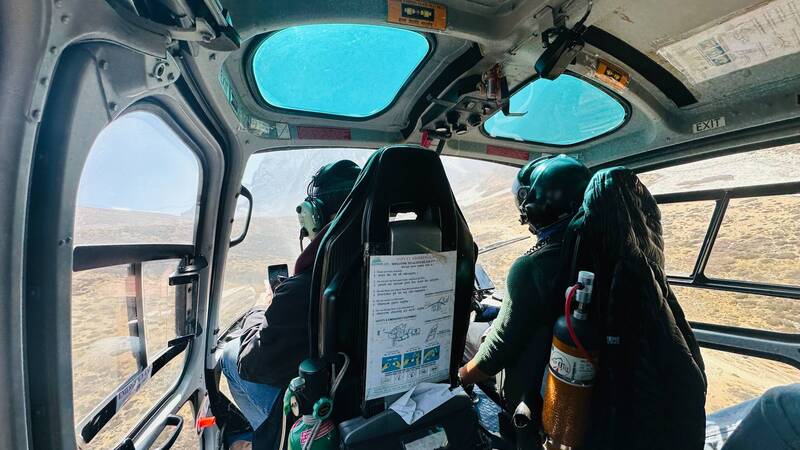
Here is a comprehensive overview of high-altitude sickness during an Everest helicopter tour:
Symptoms
Symptoms of AMS can vary from mild to severe and may include:
- Headache
- Dizziness
- Nausea and vomiting
- Fatigue and weakness
- Shortness of breath
- Rapid heartbeat
- Difficulty sleeping
- Loss of appetite
Prevention
While AMS can affect individuals differently, there are some general precautions you can take to minimize the risk during your Everest helicopter tour:
- Stay well-hydrated by drinking plenty of water before and during the tour.
- Avoid alcohol and tobacco, as they can exacerbate AMS symptoms.
- Get a good night's sleep before the tour and try to be well-rested.
- Eat a light meal before the tour, but avoid heavy or greasy foods.
- Inform the pilot if you have any pre-existing medical conditions, as they may provide additional guidance.
Oxygen Support
Everest helicopter tours provide oxygen support onboard for passengers, especially during the stop at Kala Patthar, which is at an altitude of 5,643 meters (18,513 feet). If you begin to feel any symptoms of AMS, inform your pilot immediately, as they can administer oxygen to help alleviate your symptoms.
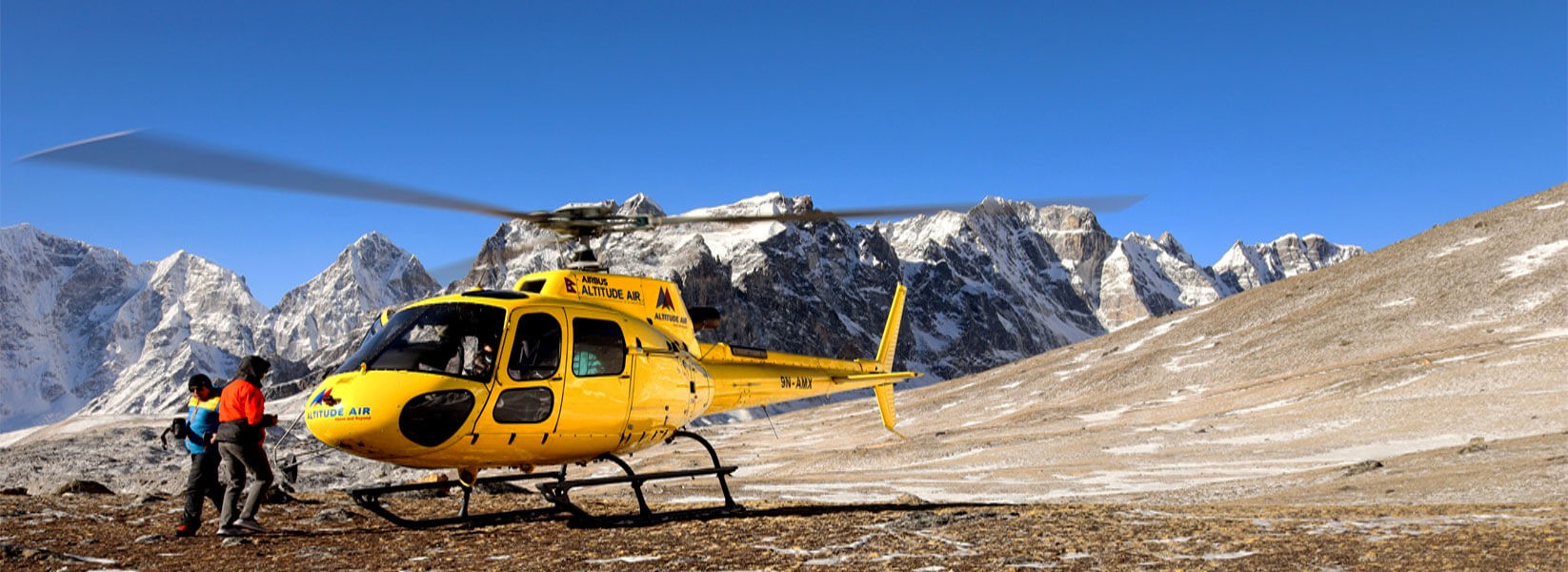
Importance of Time Limit
- During the Everest helicopter tour, the time spent at high altitudes, especially at Kala Patthar, is limited to around 10-15 minutes. This restriction is in place to reduce the risk of AMS, as spending more time at high elevations can increase the likelihood of experiencing symptoms.
Emergency Situations
- In the rare case that you experience severe AMS symptoms or a related medical emergency, it is crucial to inform your pilot immediately. They are trained to handle emergency situations and will take the necessary steps to ensure your safety, which may include administering oxygen, descending to a lower altitude, or arranging for emergency medical assistance.
Medicines for Altitude Sickness
Consider traveling with these medicines for altitude sickness:
- acetazolamide to prevent and treat high-altitude sickness
- ibuprofen and paracetamol for headaches
- anti-sickness medicine, such as promethazine, for nausea
Remember, while high altitude sickness can be a concern during an Everest helicopter tour, following the proper precautions and being aware of the symptoms can help ensure a safe and enjoyable experience. Always prioritize your health and safety, and consult with your pilot for additional guidance.
If you need any further information, please contact us, Email: at [email protected], Phone: +977- 985 100 5129 (WhatsApp)

